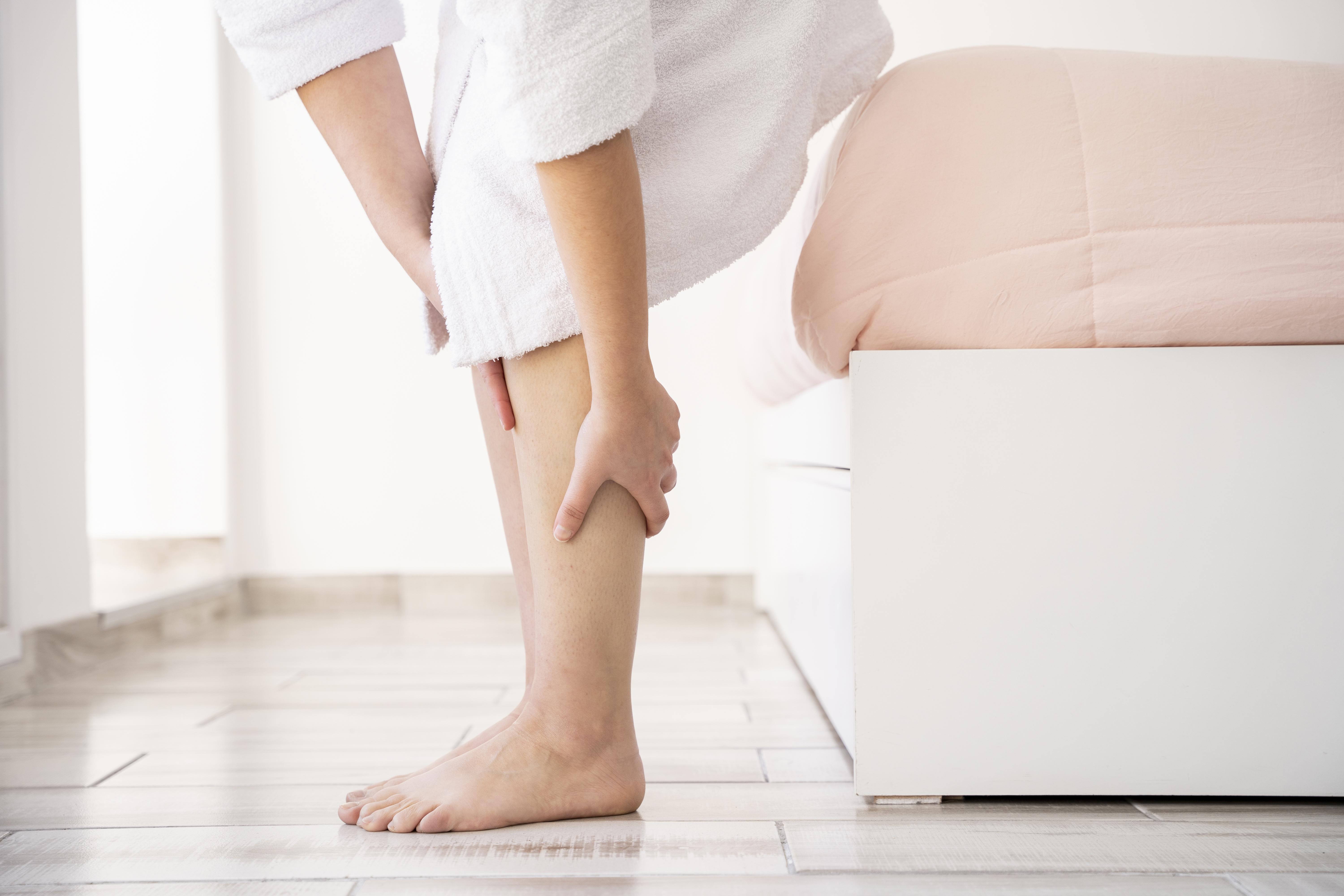Muscle spasms, also known as spasms, are sudden, involuntary contractions of a muscle or group of muscles that can cause pain and discomfort. They are usually caused by muscle fatigue, dehydration, electrolyte imbalance, nerve compression or irritation, and certain medical conditions.
Muscle fatigue occurs when the muscles are overworked or overworked, leading to the muscles being unable to relax.
Dehydration is a common cause of muscle cramps because the body needs water to help with muscle contraction and relaxation.
Electrolyte imbalance occurs when there is an imbalance in the body’s electrolytes, such as calcium, potassium, sodium, and magnesium. When these electrolytes become imbalanced, it can cause muscle cramps.
Nerve compression or irritation can also cause muscle spasms, as compressed nerves can cause muscles to contract involuntarily.
Certain medical conditions, such as diabetes, thyroid disease, and multiple sclerosis, can also cause muscle spasms.
Finally, certain medications, such as diuretics, antispasmodics, and statins, can also cause muscle spasms. It is important to talk to a doctor if you experience muscle cramps, as they may be a sign of an underlying medical condition.
Types of muscle spasms
Common types of muscle spasms are dystonia, myokymia, and tetany. They cause a sharp, sudden pain in the affected area and usually last from a few seconds to minutes.
Dystonia is a neurological movement disorder that causes involuntary muscle contractions that can cause repetitive and persistent muscle spasms.
Myokymia is a type of muscle spasm that causes the affected muscle to ripple, twitch, or tremble.
Tetany is a type of muscle contraction caused by low levels of calcium, magnesium, or potassium in the blood. This type of spasm can cause cramping, pain, and stiffness in the affected area and can be dangerous if left untreated.

Treatment for muscle spasms
Treatment for muscle spasms usually includes medication, physical therapy, and lifestyle changes. Medications such as muscle relaxants, nonsteroidal anti-inflammatory drugs (NSAIDs), and topical creams can be used to reduce the pain and inflammation associated with muscle spasms.
Physical therapy can help increase flexibility, reduce tension and spasms, and improve overall strength. In addition, lifestyle changes such as stretching, increasing water intake, and avoiding activities that can cause cramps can help reduce the frequency and intensity of muscle cramps. Using heat or cold therapy can also help reduce pain and inflammation.
A healthy diet can also help prevent muscle cramps as a lack of certain nutrients can cause cramps.
Lastly, adequate rest can help prevent muscle cramps as fatigue can lead to cramps. Including rest days and adequate sleep can help keep muscles healthy and prevent cramps.





I needed to thank you for this wonderful read!! I absolutely loved every bit of it. I have you saved as a favorite to check out new things you postÖ